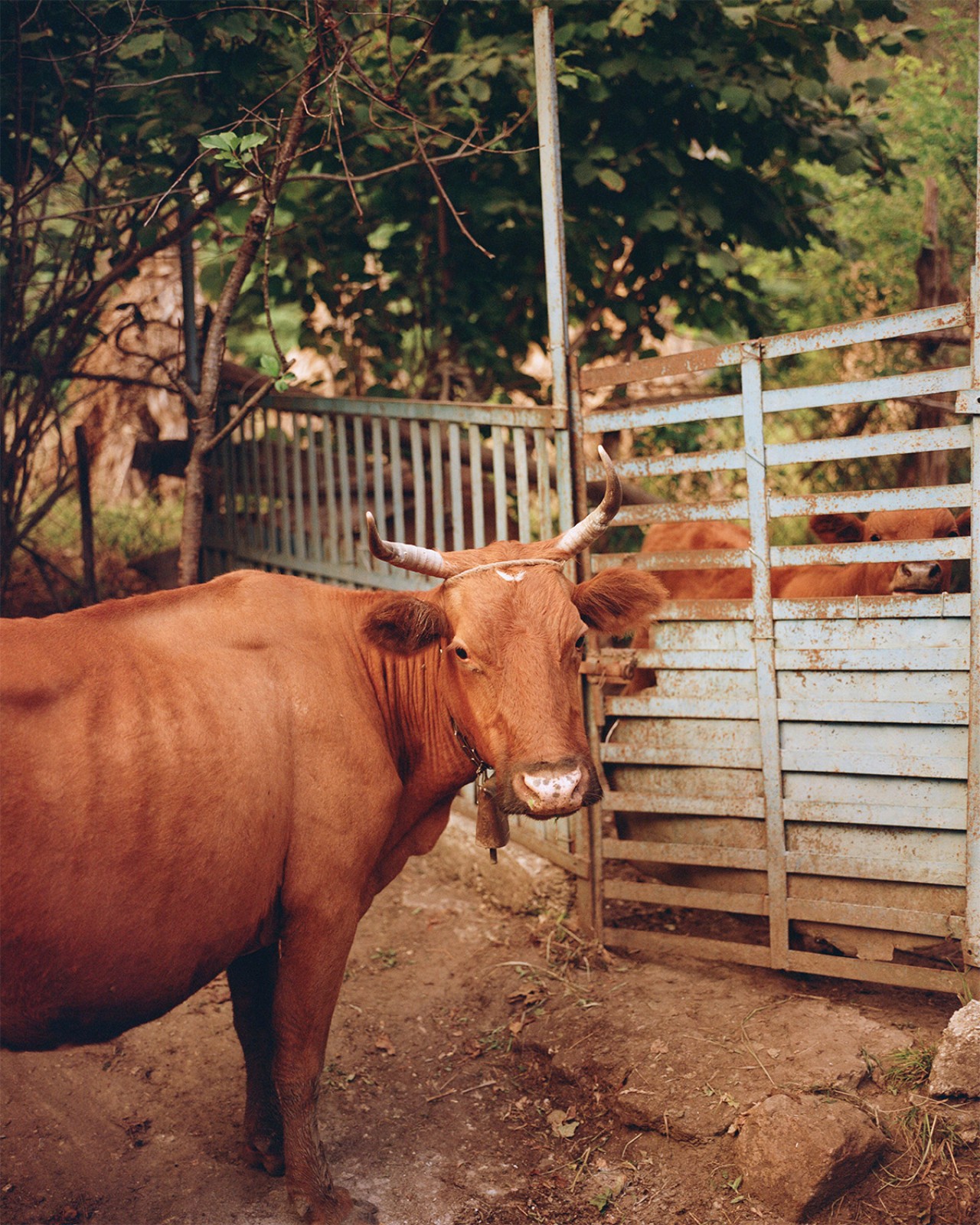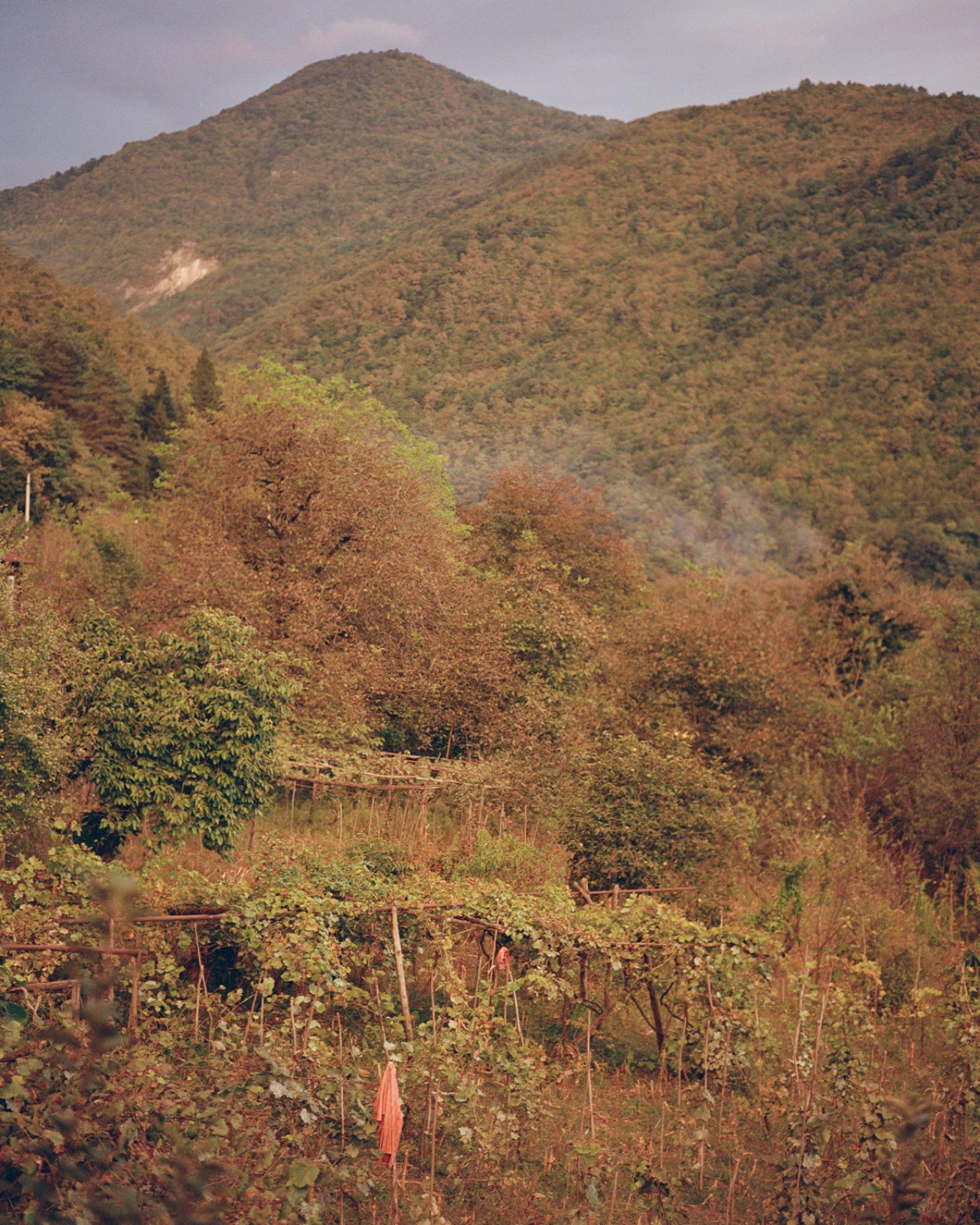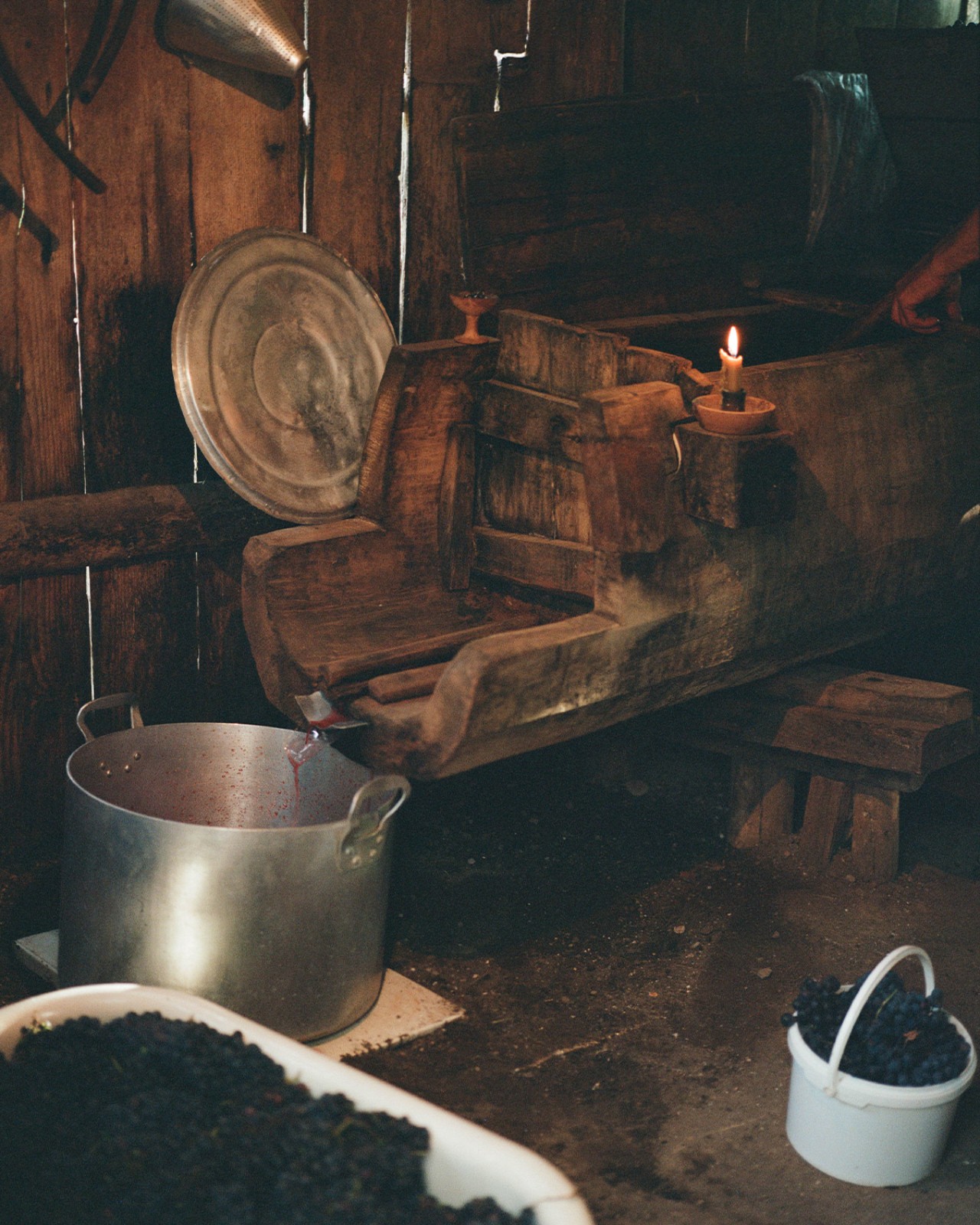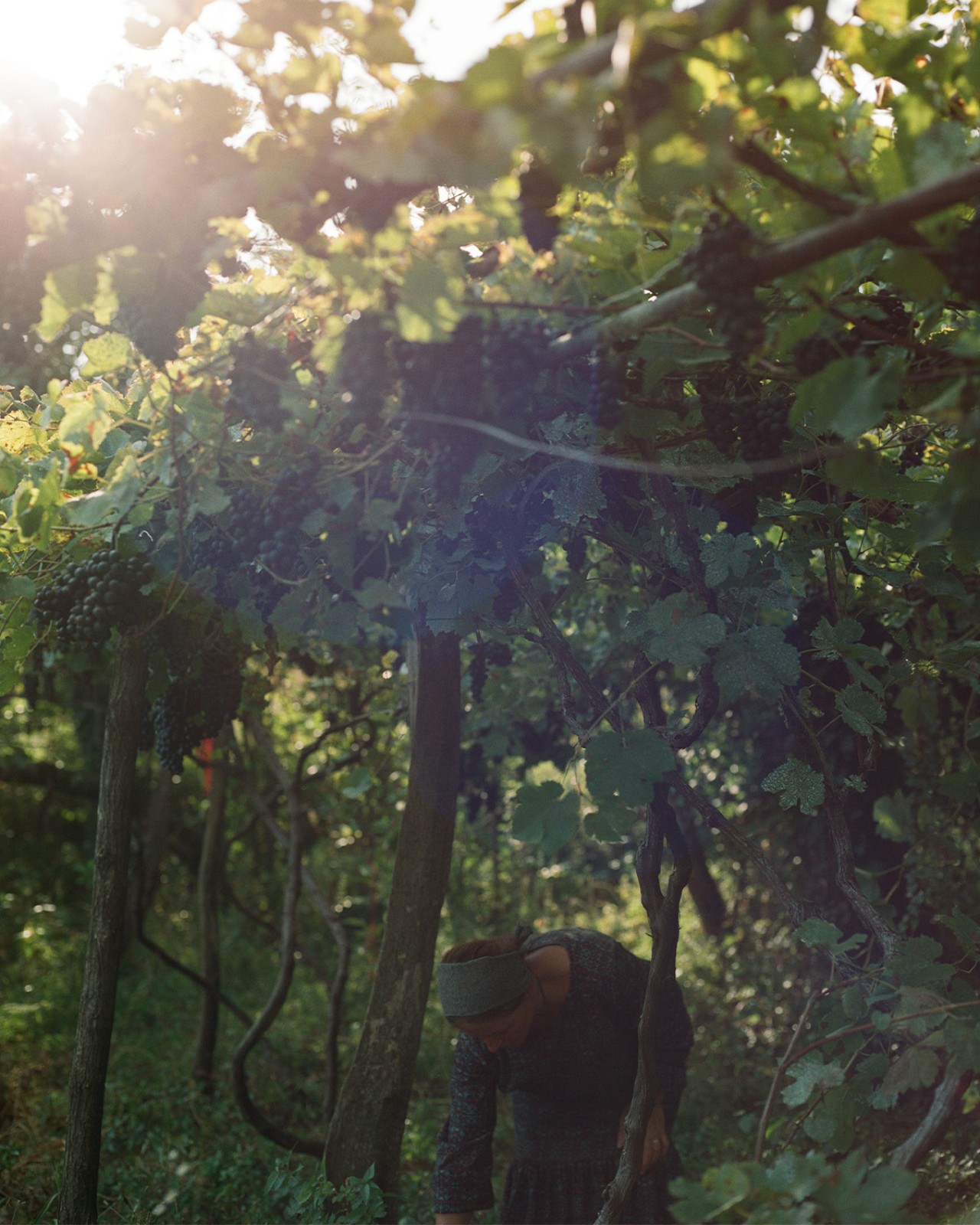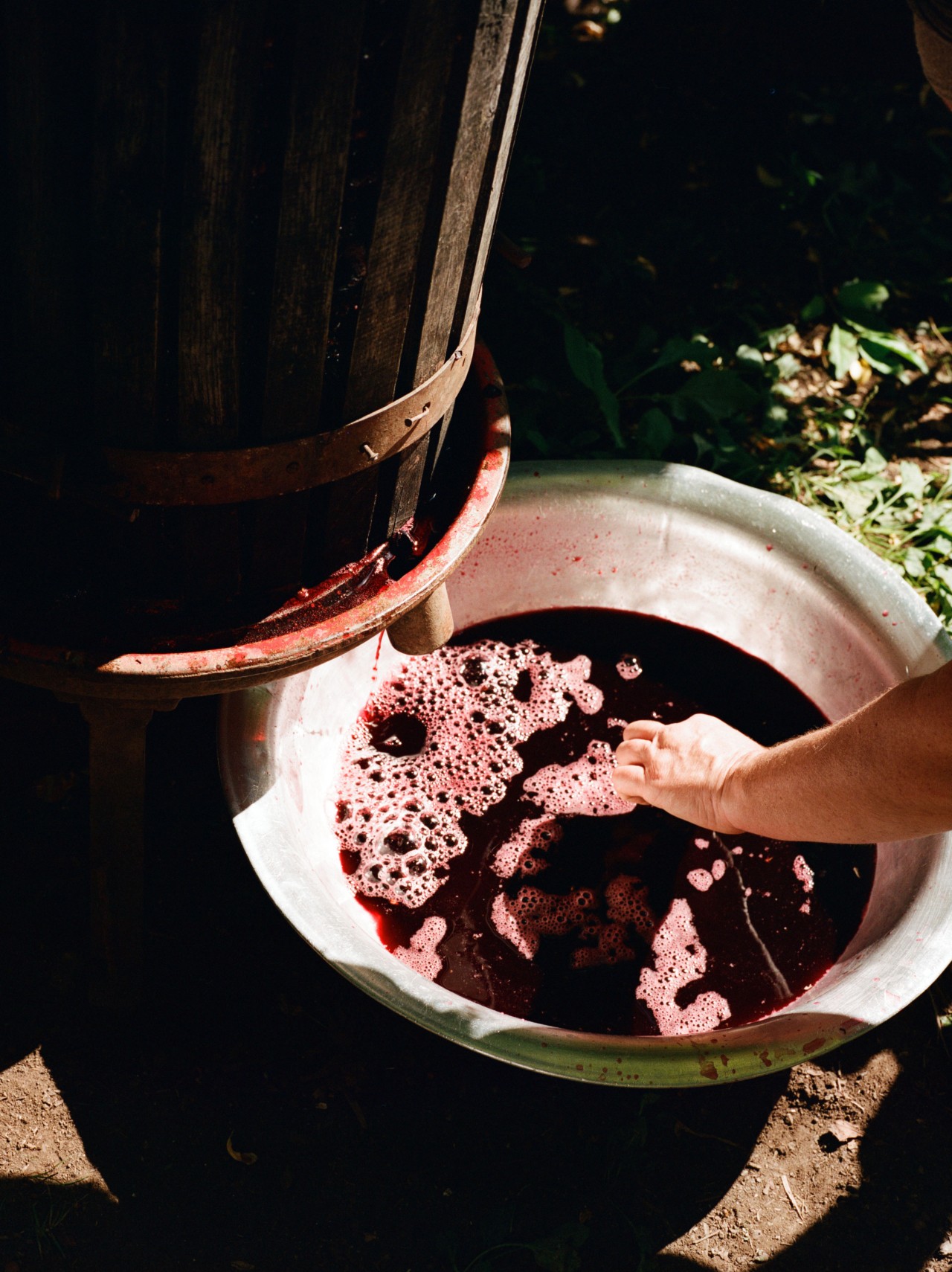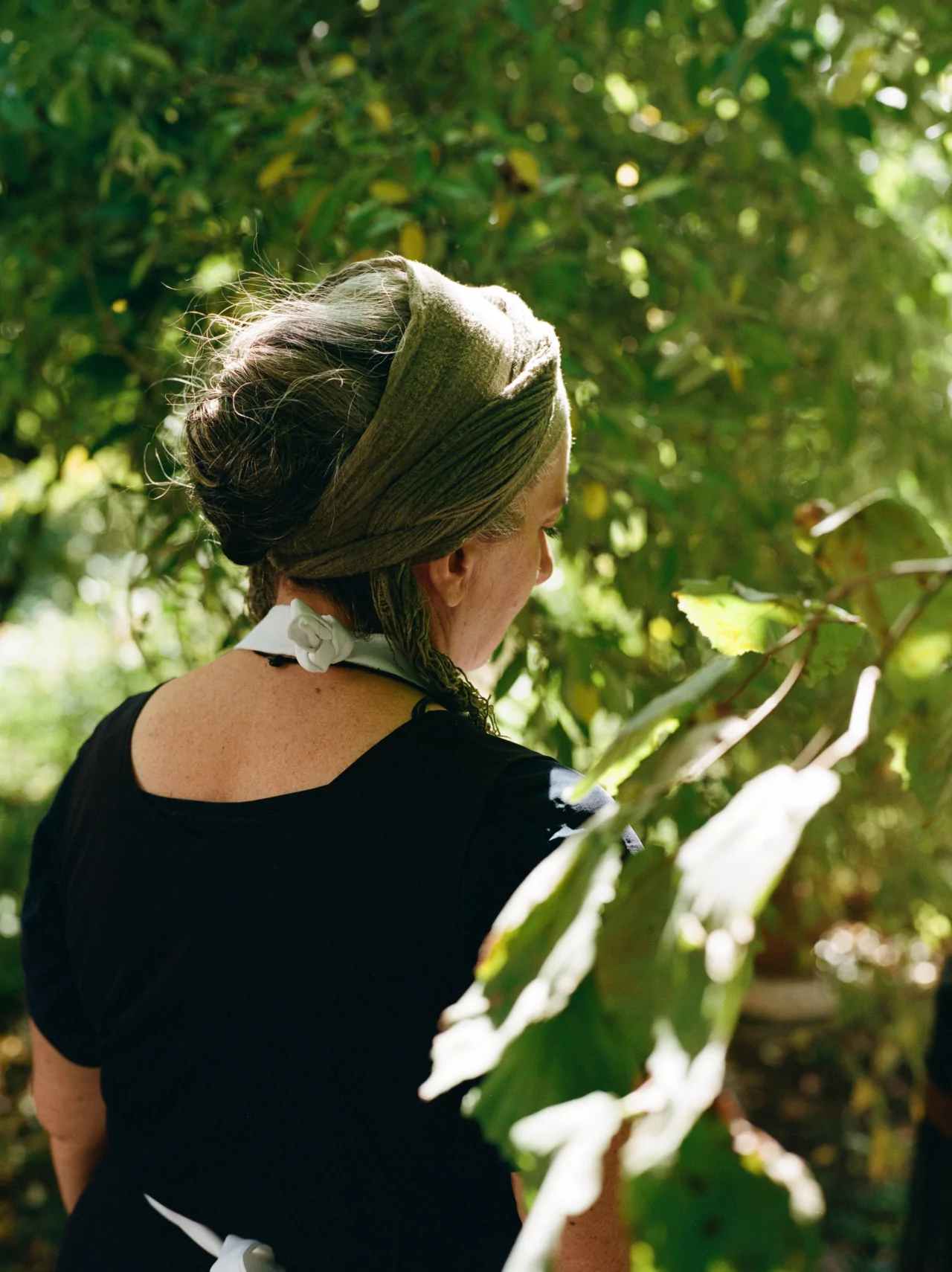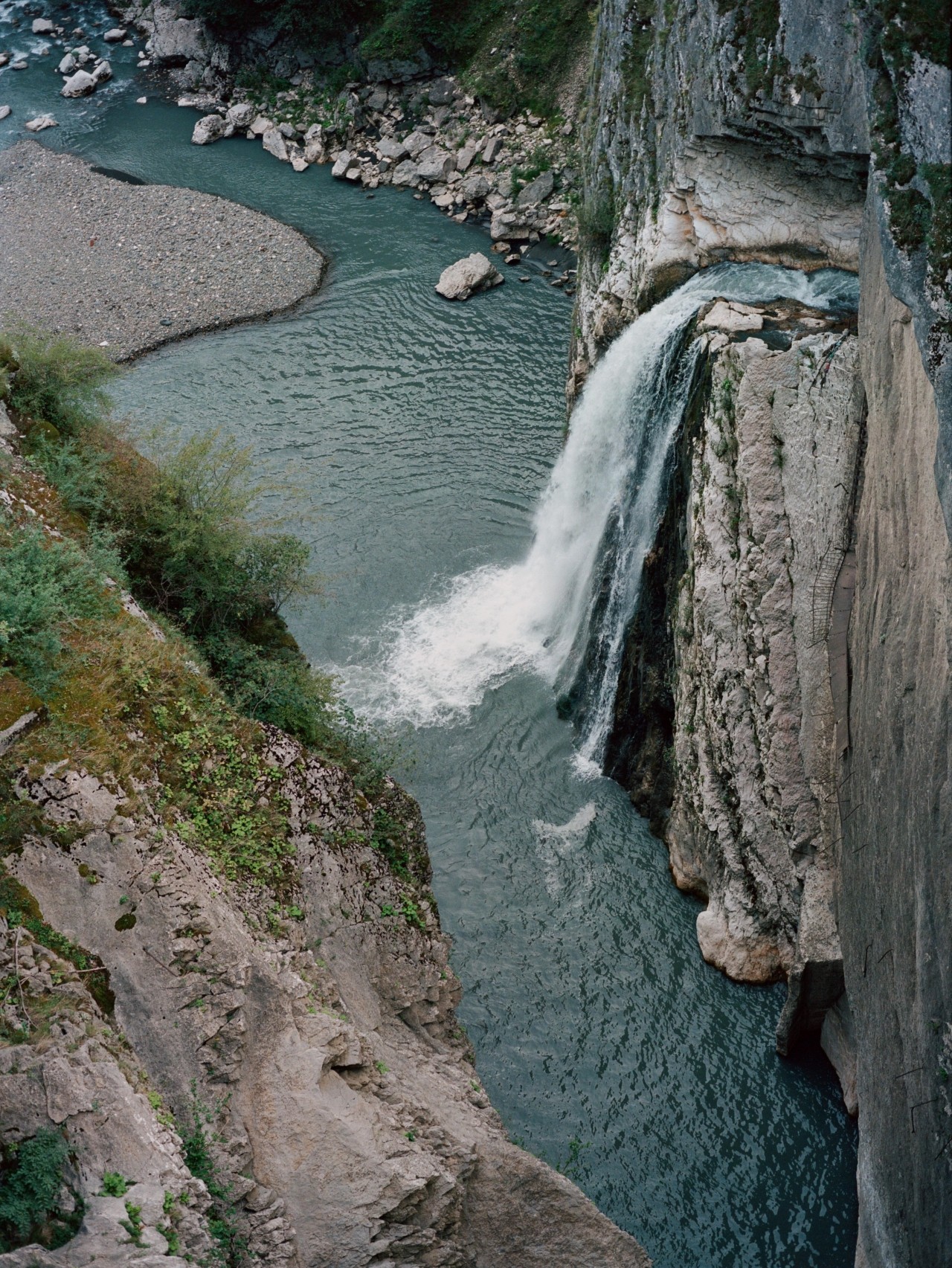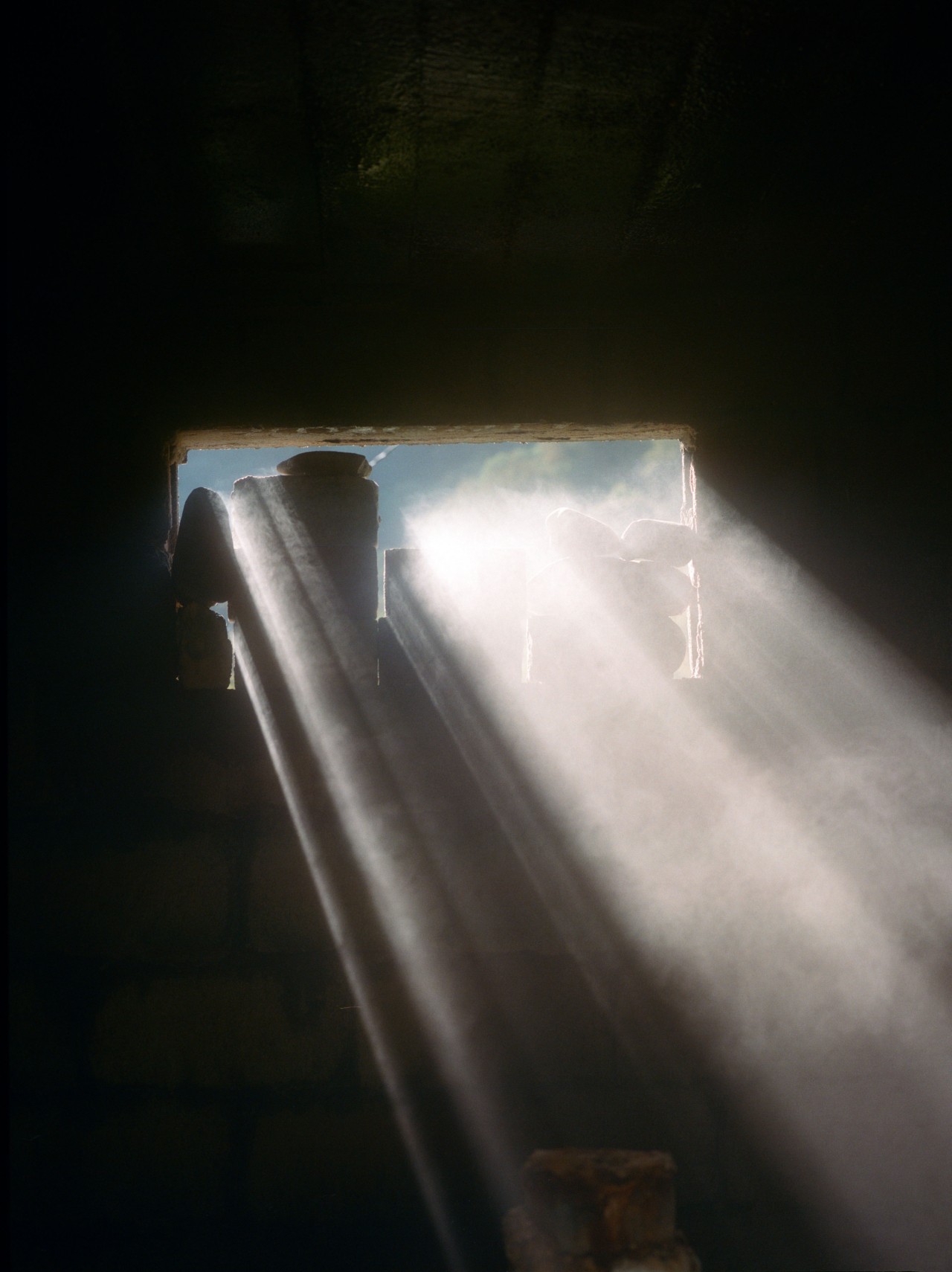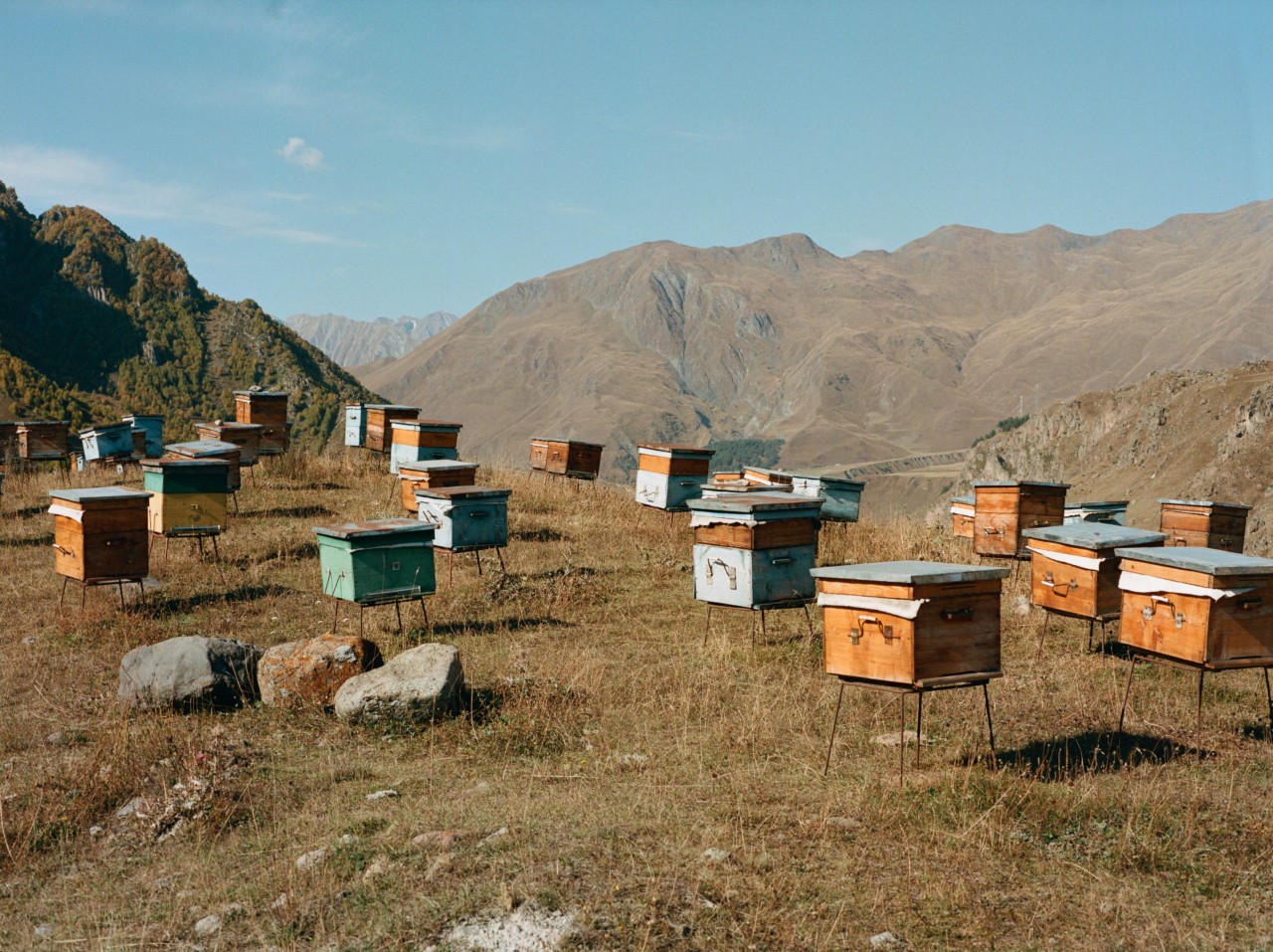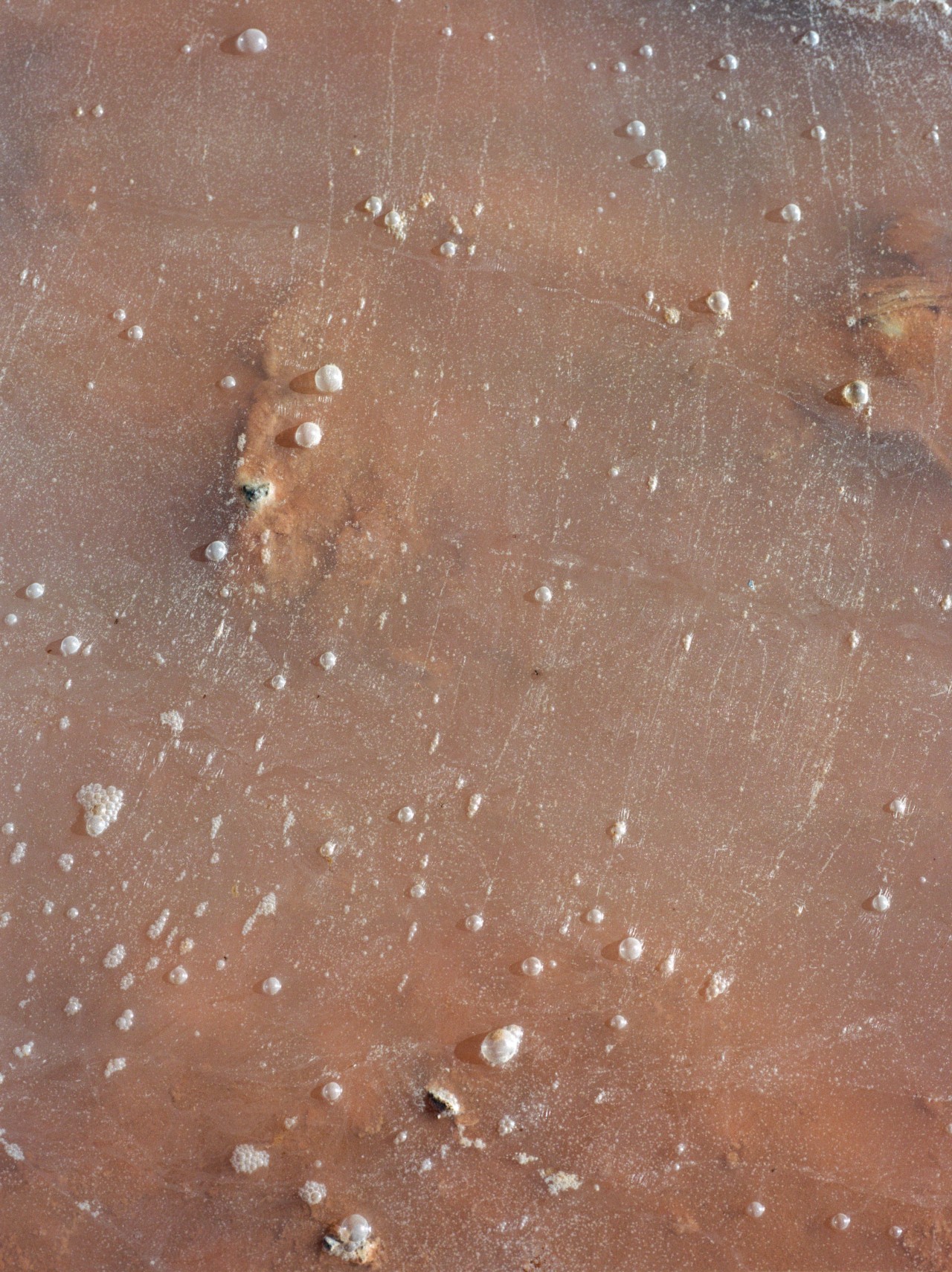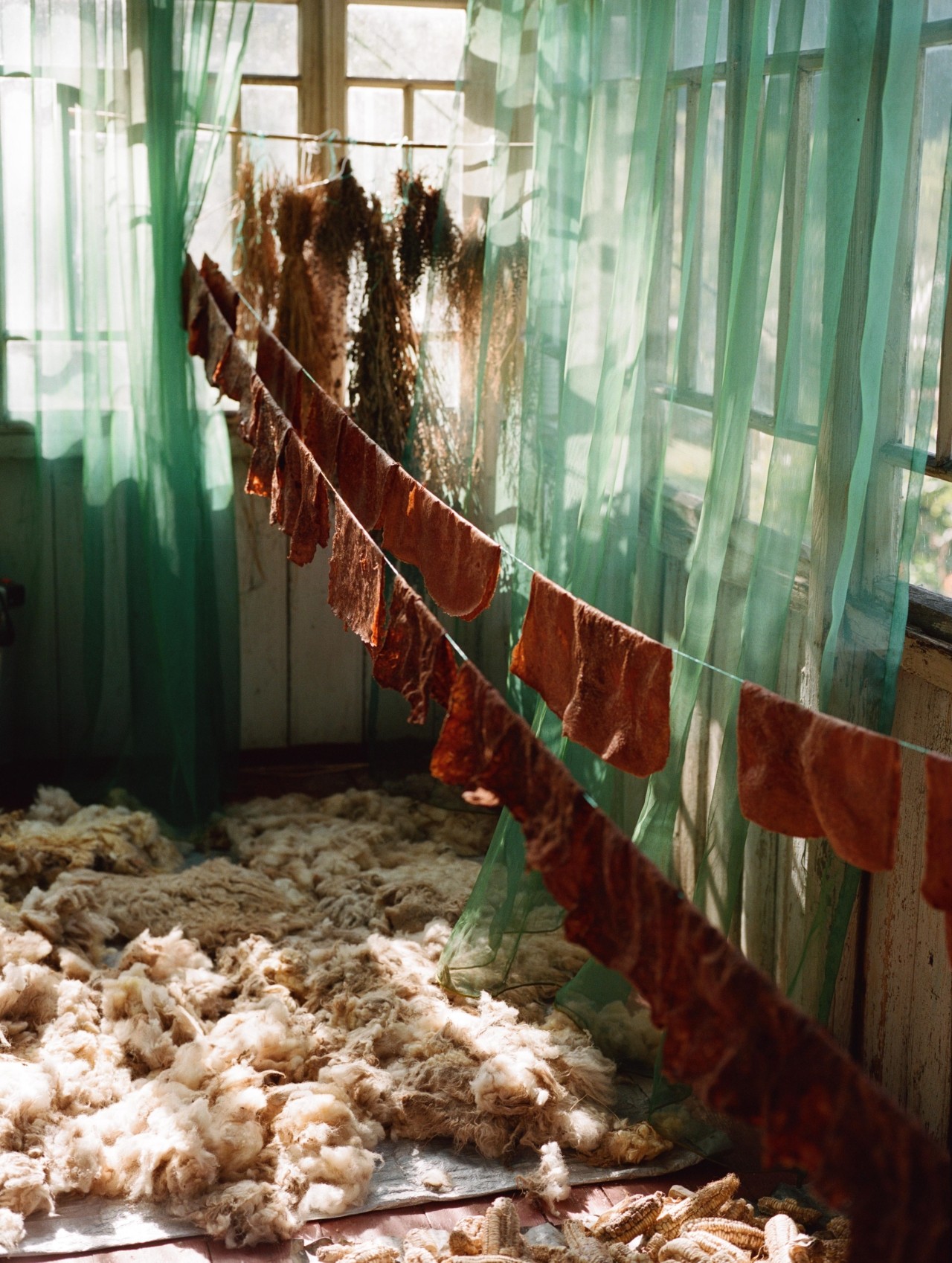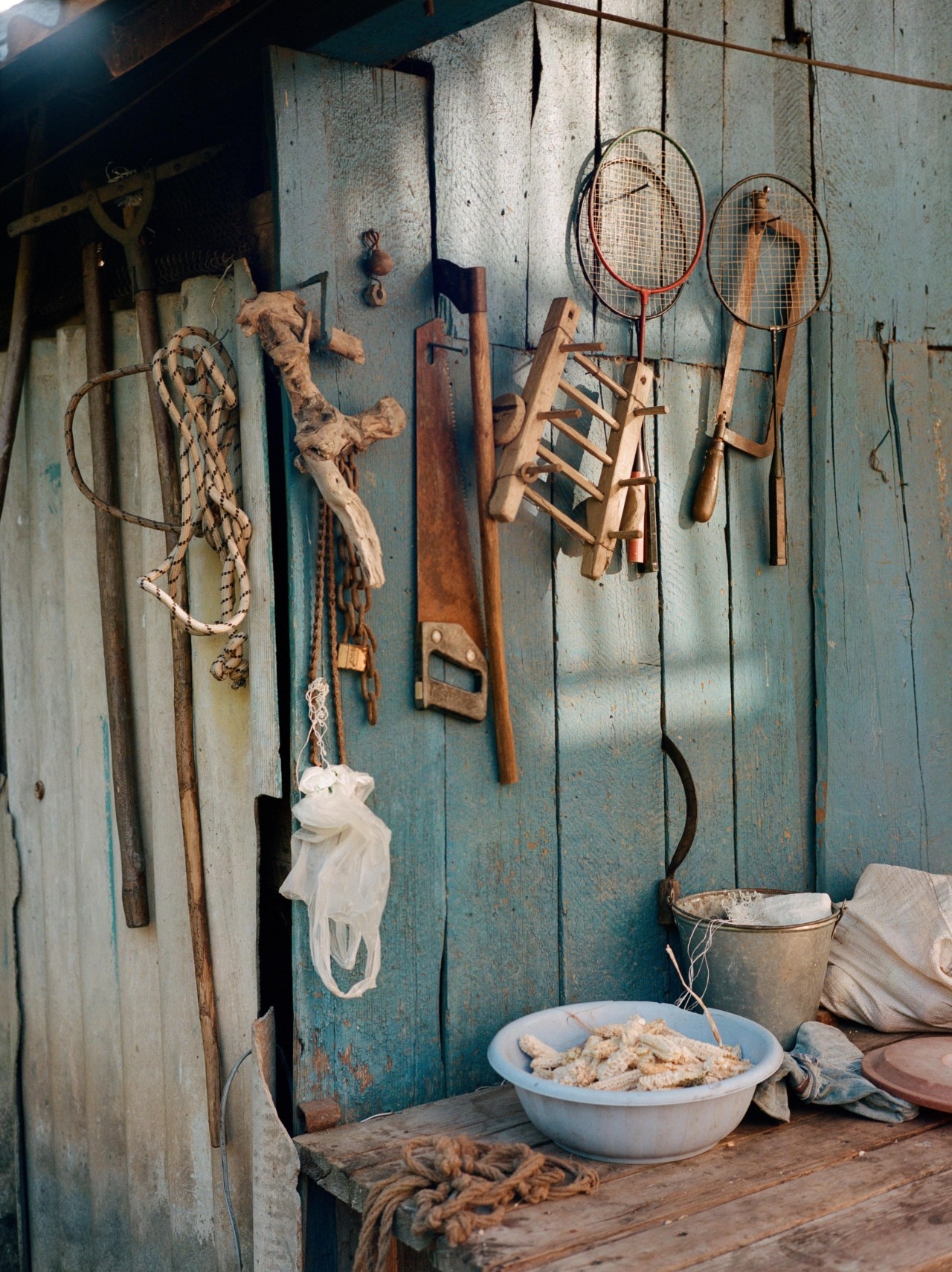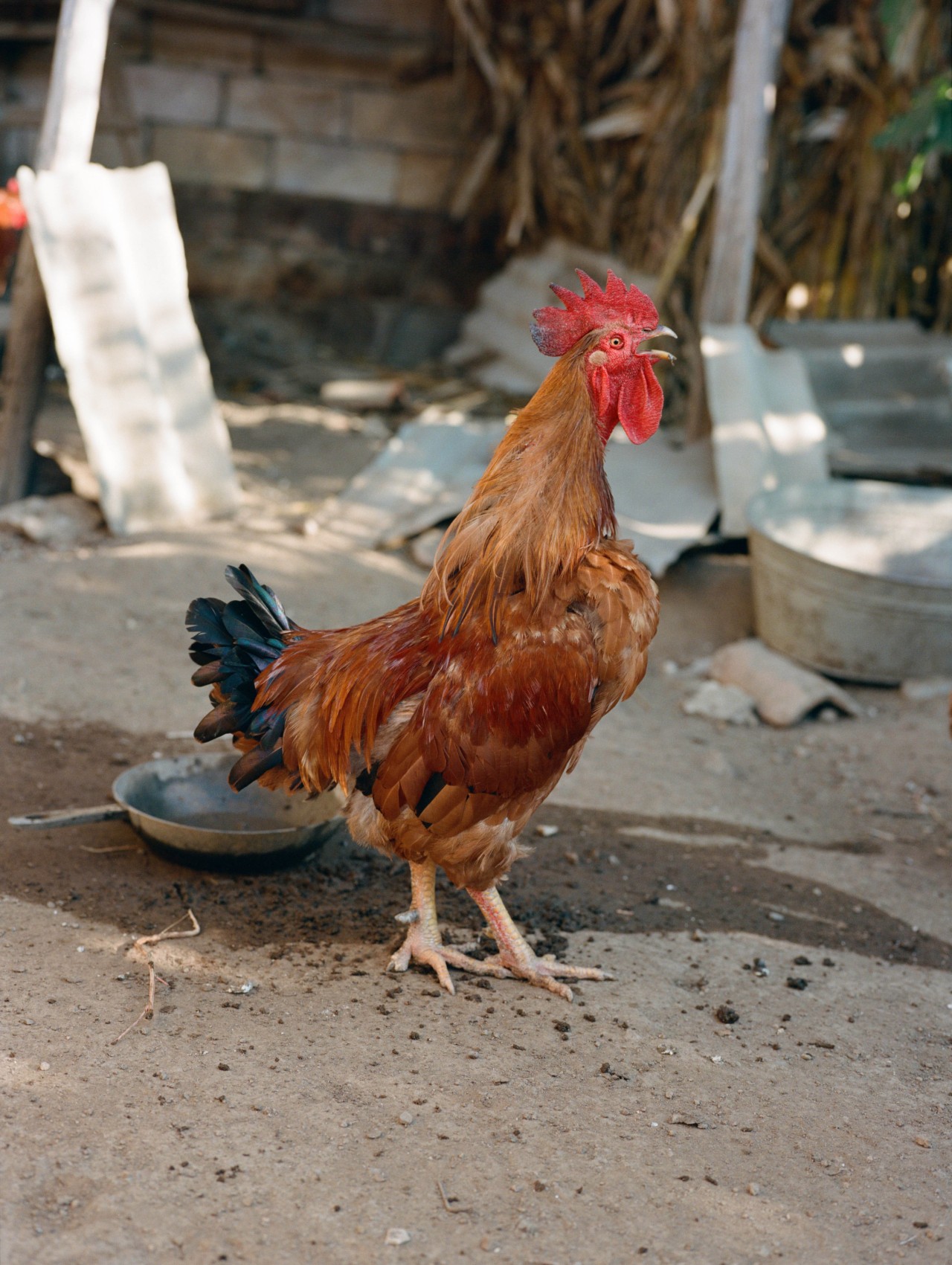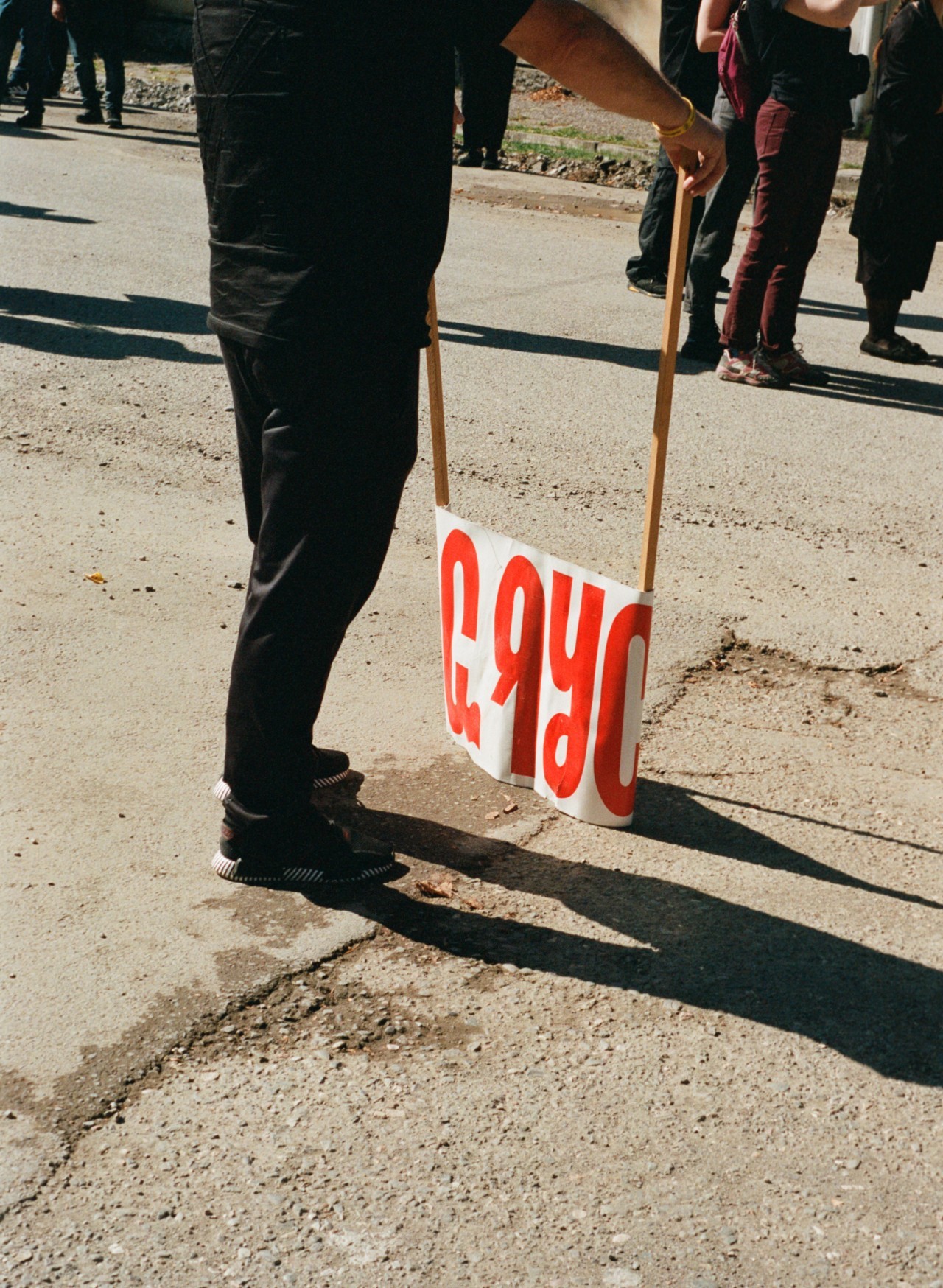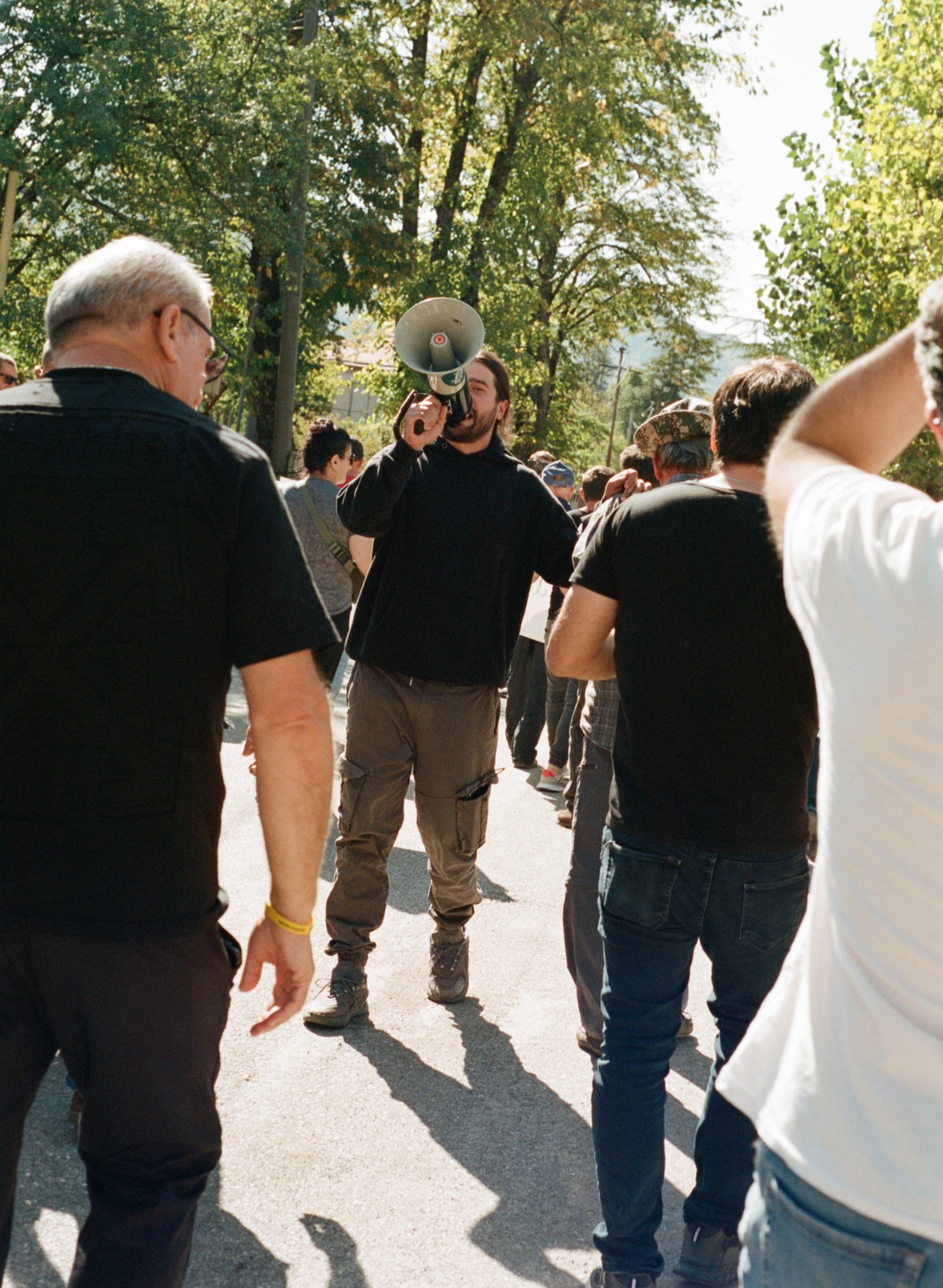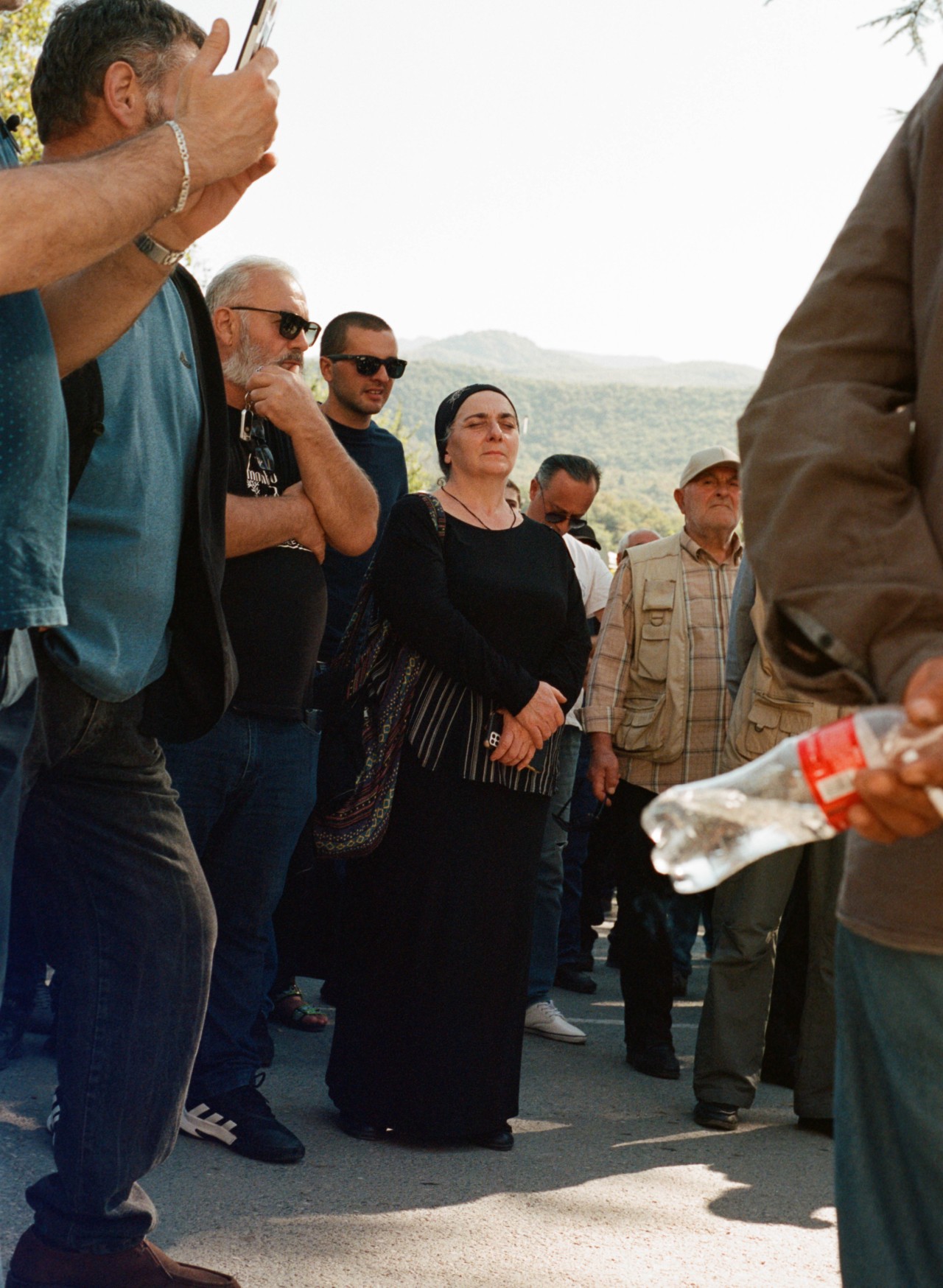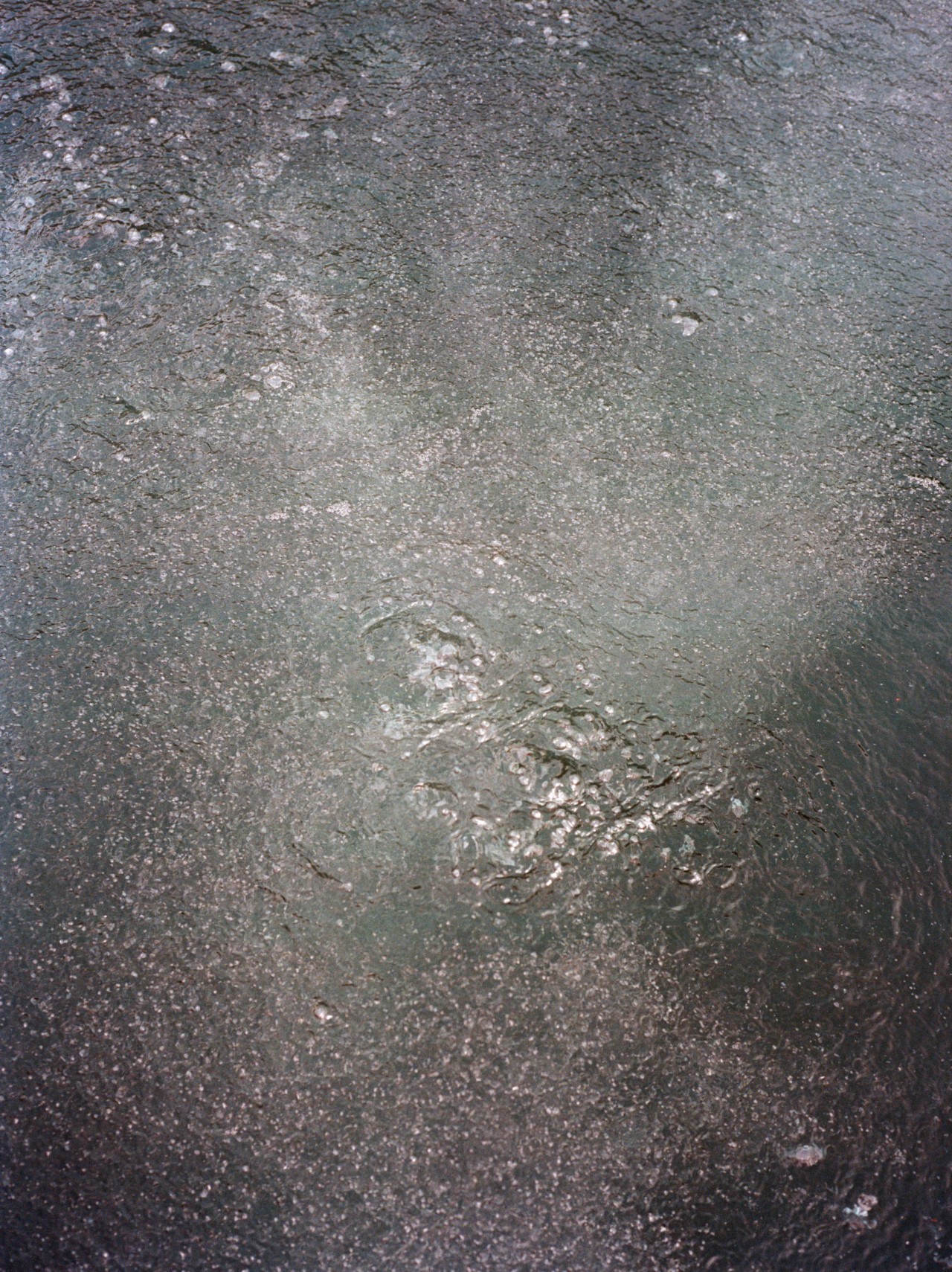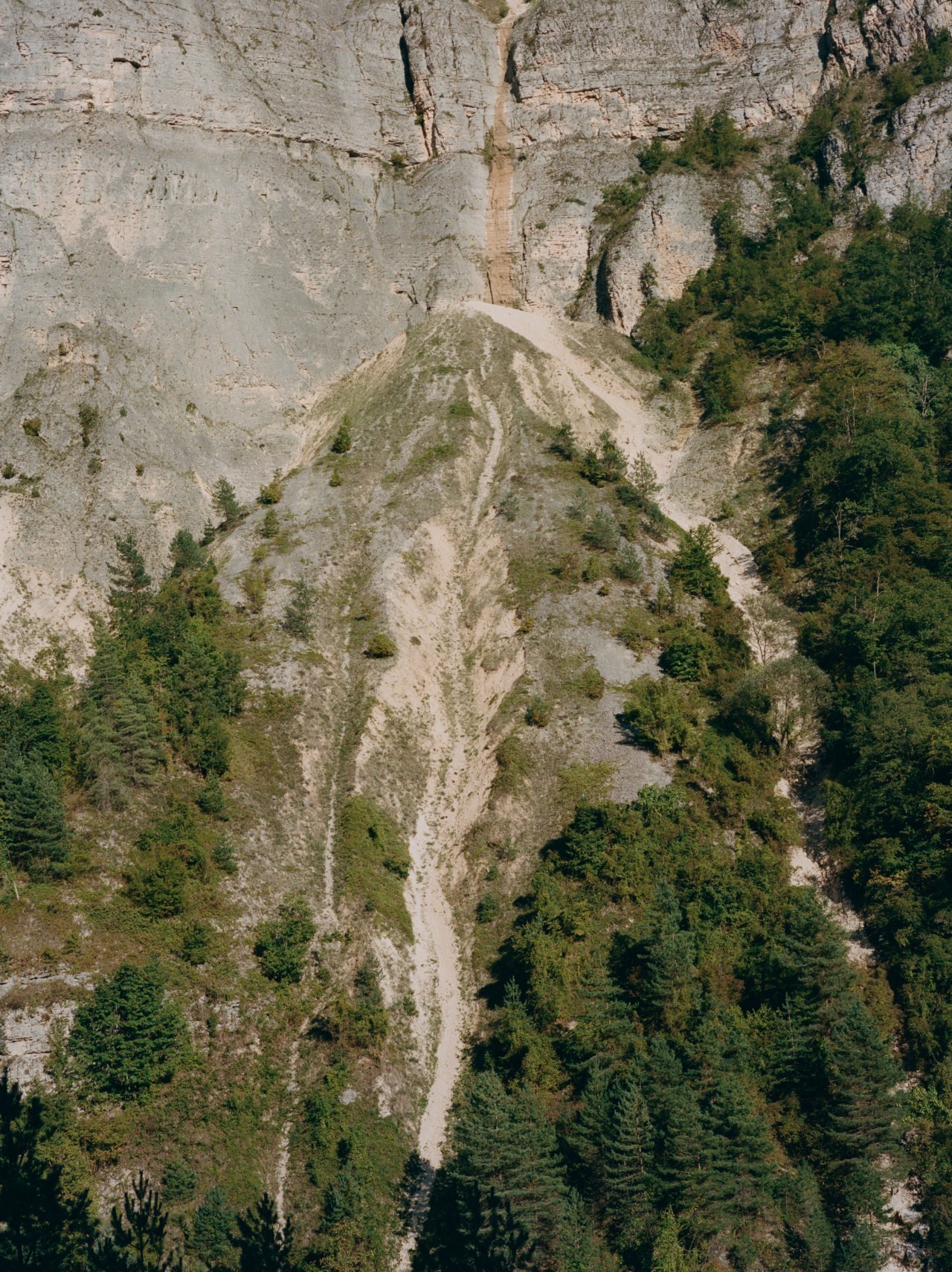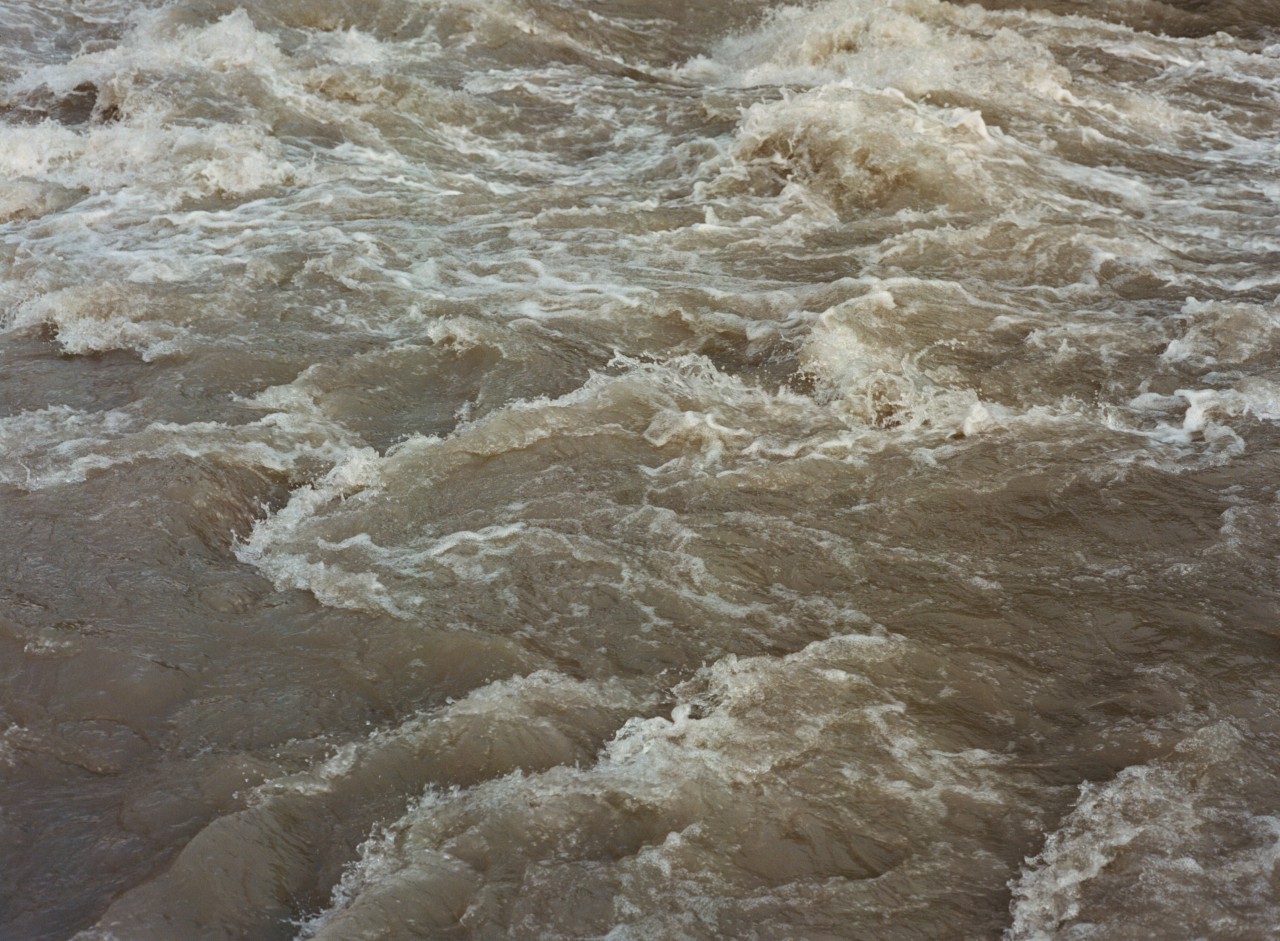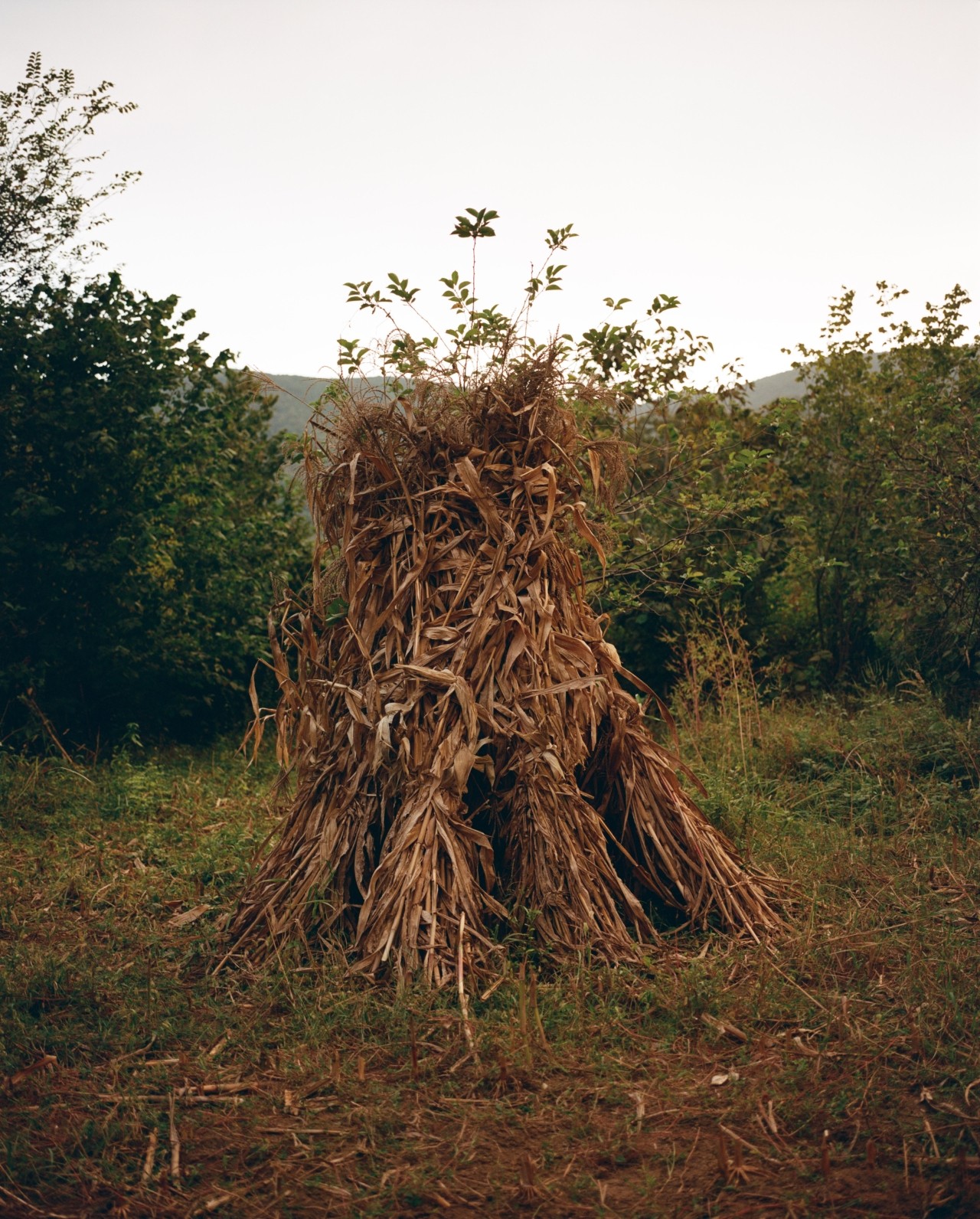

Photographs by Jess Gough
Words by Evelina Gambino
The Rioni River starts high in the Caucasus Mountains, flowing for 300 km through Western Georgia and eventually making its way to the Black Sea. As the river descends from the mountain region of Racha, it reaches the Rioni Valley, surrounded by lower peaks and a unique microclimate. For over 20 years, a large portion of the valley has been under threat of being submerged by the reservoir of a massive hydro power plant. For a good part of these two decades, those who live and work in this territory have been organizing their lives in opposition to this plan.
We traveled up to the valley just as autumn was approaching. As this stretch of territory will likely soon be submerged, the road that serves it is never repaired, leaving it as a dusty track full of potholes; even after a short distance, we are exhausted. Upon arrival, we found Maka—an old friend and our host—busy preparing her house for winter. Summer crops had already been harvested and were now left to dry or stored away to feed the animals through the winter. Together with her husband Rezo and her friend Lali, they are passing grapes through the wooden press that used to belong to Maka’s parents. This is the first wine harvest after Maka spent 554 days living in a tent to protest the construction of the dam, along with hundreds of other villagers. During that time, her farm fell into disrepair and she has spent the past year patching up the damages done by those months of abandonment. Their tent protest was successful and led to the dam project being halted. But this is just a temporary victory—the government is already searching for new investors. Even if postponed, the threat of submergence still looms over the future of the valley.




The Georgian word for homeland is mits’a-ts’k’ali (მიწა-წყალი), which in English translates to land-water.
Yet, building reservoirs entails enormous and long-lasting ecosystemic violence justified by an understanding of water, animals, and land as separate elements that can be tamed and made to work to suit our needs. Most of the villagers in the Rioni Valley live on small farms, and according to the seasons they plant, harvest, and transform several endemic crops. Their work is imprinted on the landscape, yet it does not dominate it: the valley is dotted by well-kept vineyards, small cornfields, and orchards all of which are fed by the river in different ways. Those who work these lands know the river to be ubiquitous. It seeps into the air in the form of tiny particles of humidity and dissolves into the aquifers under the ground, causing water levels to fluctuate, and sometimes triggering landslides. The different forms of cultivation in which the locals are engaged depend on this fragile balance—one which would be eradicated by the reservoir.





Through their work, villagers perceive local terrains as a source of both sustenance and knowledge, a lively landscape from which they derive their identity. The lengthy and exhausting opposition they mounted to the dam is informed by their bond to this riverscape. Yet, to many of them, it is very clear that they are not just resisting a single infrastructure; rather, theirs is a struggle against investments all over the country that treat ecosystems as resources to be extracted.
When the harvest is over, we leave the valley with Maka and Lali, our trunk filled with provisions. We are traveling up the river to the town of Oni in Racha, to join a protest against a planned hunting reserve set to fence off hundreds of hectares of common forests. As we reach Oni we see crowds of people gathered, most of whom have met during those 554 days of protest and who have joined today, again, from different corners of the country to continue their common struggle.







Cultivating Homeland: Inside the Movement To Protect Georgia’s Ecosystems
